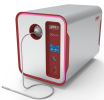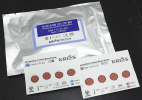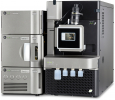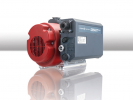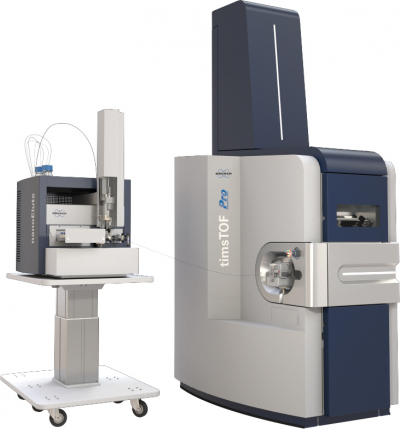
Bruker has introduced the timsTOF Pro system for parallel accumulation and serial fragmentation (PASEF) mass spectrometry, using proprietary trapped ion mobility spectrometry (TIMS) technology for higher-speed, higher-sensitivity and robust shotgun proteomics. The timsTOF Pro also has advantages for quantitative proteomics workflows.
The front-end TIMS analyser is optimised for higher-speed shotgun proteomics from smaller sample amounts. Its dual TIMS geometry allows ions to be accumulated in parallel in the first TIMS section, and after an additional TIMS separation step in real time, the ions are released from the second TIMS section for MS/MS fragmentation. The PASEF capability delivers higher-sensitivity and higher-speed shotgun proteomics without loss of mass resolution. Higher scan speeds result in lower mass resolution in FT-based MS technology commonly used for shotgun proteomics. These limitations are eliminated by PASEF, allowing for a duty cycle near 100% with high sensitivity while maintaining ultra-high mass resolution for both the precursor and the product ions.
Quantitative proteomics is a key area of research in proteomics. The timsTOF Pro delivers over four orders of magnitude of dynamic range with low peptide loads (100–200 ng), which makes it suitable for proteomics on the small cell populations and low sample amounts often encountered in biological and clinical research.


